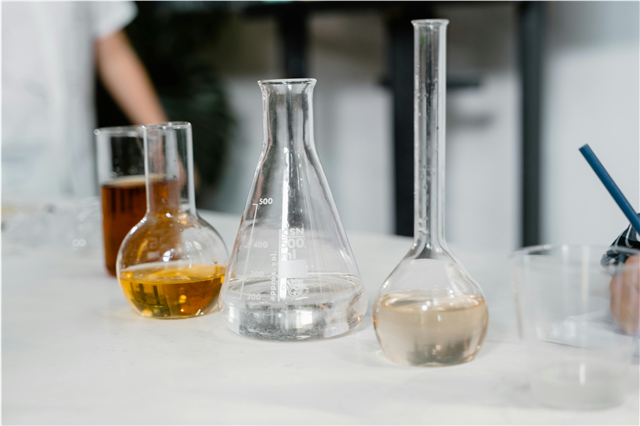
How does laboratory equipment contribute to biotechnology and genetic research?
Unveiling the High-Tech Tools Powering the Genetic Revolution
In a world where scientists can read the blueprint of life itself, laboratory equipment serves as the precision instruments that make genetic breakthroughs possible. From decoding DNA to creating life-saving therapies, these sophisticated tools are the unsung heroes behind every major biotechnology advancement.
The DNA Decoding Champions
PCR Machines: The Genetic Photocopier Did you know that Polymerase Chain Reaction (PCR) machines can create millions of copies of a single DNA segment in just a few hours? This revolutionary equipment, invented in 1983, has become the backbone of genetic research. Without PCR machines, we wouldn't have rapid COVID-19 testing, genetic fingerprinting, or many modern medical diagnostics. These thermal cyclers work like molecular photocopiers, amplifying tiny DNA samples to detectable levels through precisely controlled temperature cycles.
DNA Sequencers: Reading Life's Instruction Manual Modern DNA sequencers can read genetic code faster than you can blink – analyzing entire human genomes in under 24 hours. The first human genome took 13 years to sequence and cost nearly $3 billion. Today's high-throughput sequencers can accomplish the same feat for under $1,000 in a matter of hours, making personalized medicine a reality.
Microscopic Marvels Opening New Frontiers
Confocal Microscopes: Peering Into Living Cells Unlike traditional microscopes that blur 3D images, confocal microscopes use laser technology to create stunning, sharp images of living cells in real-time. Researchers can watch proteins move within cells, track genetic material during cell division, and observe how diseases develop at the cellular level. These instruments have revealed that our cells are bustling metropolises of biological activity.
Flow Cytometers: The Cell Sorting Supercomputers Flow cytometers can analyze thousands of cells per second, measuring multiple characteristics simultaneously. These high-speed cell analyzers can identify rare cell populations, sort specific cell types, and detect cellular abnormalities with incredible precision. In cancer research, they help identify circulating tumor cells in blood samples – finding needles in biological haystacks.
Automation Revolution in Genetic Research
Liquid Handling Robots: Precision at Superhuman Speeds Automated liquid handlers can pipette with greater accuracy and speed than human hands, performing thousands of precise measurements without fatigue or error. These robotic systems work around the clock, enabling large-scale genetic screening and drug discovery programs. Some advanced systems can process over 1,000 samples per hour with microliter precision.
Gene Synthesis Platforms: Writing DNA Like Computer Code Modern gene synthesis equipment can "write" custom DNA sequences, essentially allowing scientists to create genetic code from scratch. These platforms have made it possible to design and build entirely new biological pathways, engineer organisms for medicine production, and even resurrect extinct genes from ancient DNA samples.
The Tiny Titans of Protein Research
Mass Spectrometers: Weighing Molecules with Atomic Precision Mass spectrometers can determine the exact weight of proteins and other biomolecules to within a few parts per million. This incredible precision allows researchers to identify protein modifications, study protein interactions, and understand how genetic variations affect protein function – all crucial for developing targeted therapies.
Protein Crystallization Robots: Growing Molecular Sculptures These specialized robots create the perfect conditions for proteins to form crystals, which are essential for determining their 3D structures. Understanding protein structure is key to drug design, as most medications work by binding to specific protein targets. Some crystallization robots can set up thousands of experiments simultaneously, significantly accelerating structure-based drug discovery.
Real-World Impact: From Lab Tools to Life-Saving Applications
CRISPR Technology Integration Laboratory equipment has made CRISPR gene editing accessible to researchers worldwide. Specialized electroporation systems deliver CRISPR components into cells, while high-resolution imaging systems monitor editing efficiency. These tools have transformed gene therapy research, making it possible to correct genetic defects with unprecedented precision.
Single-Cell Analysis Revolution Advanced laboratory equipment now enables researchers to study individual cells rather than bulk populations. Single-cell sequencing platforms reveal cellular diversity that would otherwise be masked, leading to breakthroughs in cancer research, developmental biology, and regenerative medicine.
The Future is Now: Emerging Technologies
Organ-on-Chip Systems These microfluidic devices recreate human organ functions on microscope slides, complete with living human cells. Advanced monitoring equipment tracks cellular responses in real-time, providing more accurate drug testing models than traditional animal studies.
Artificial Intelligence Integration Modern laboratory equipment increasingly incorporates AI algorithms for data analysis and pattern recognition. Machine learning systems can identify subtle genetic variations, predict protein structures, and optimize experimental conditions faster than human researchers alone.
Conclusion: The Silent Partners in Genetic Discovery
Laboratory equipment doesn't just support biotechnology and genetic research – it enables possibilities that would otherwise remain science fiction. From the PCR machine that makes genetic testing routine to the DNA sequencers that power personalized medicine, these technological marvels continue to push the boundaries of what's possible in biological research.
As equipment becomes more sophisticated, automated, and interconnected, the pace of genetic discovery accelerates exponentially. What once took decades now happens in months, and tomorrow's breakthroughs will likely emerge from today's cutting-edge laboratory innovations.
The next time you hear about a genetic breakthrough or new biotechnology therapy, remember that behind every discovery lies a suite of specialized laboratory equipment – the precision tools that make reading, writing, and editing the language of life possible.
Understanding how laboratory equipment drives biotechnology and genetic research helps us appreciate the technological foundation of modern medicine and our growing ability to understand and manipulate the fundamental processes of life itself.


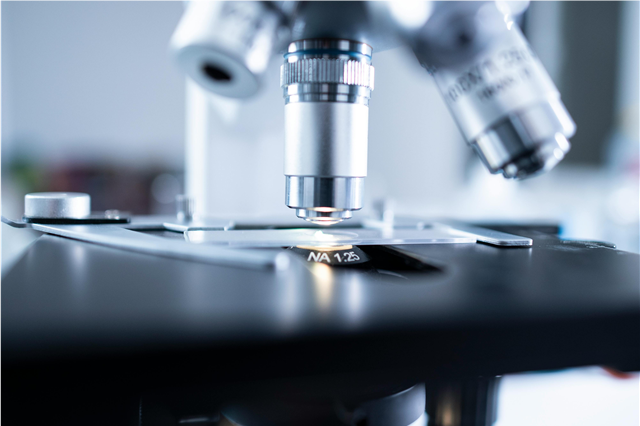
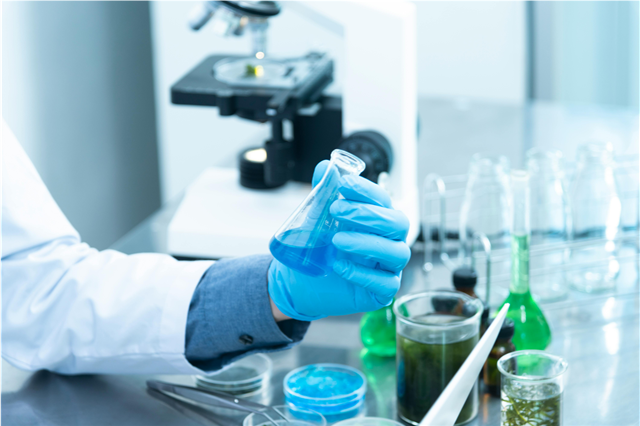
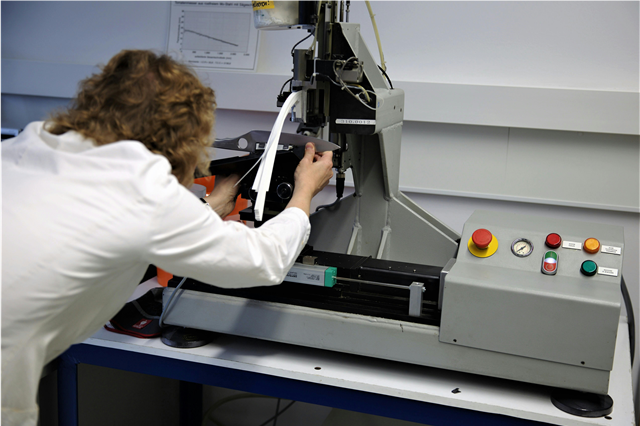

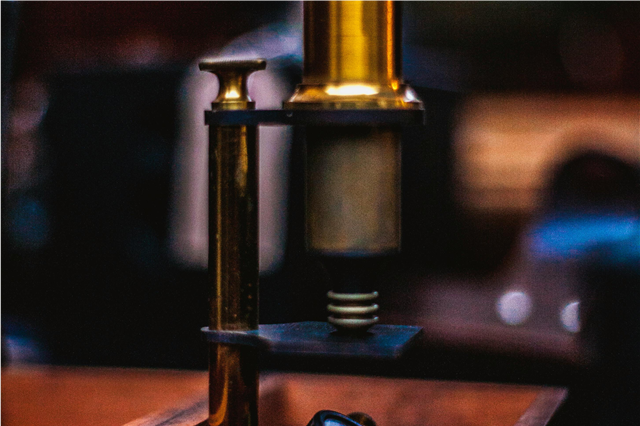

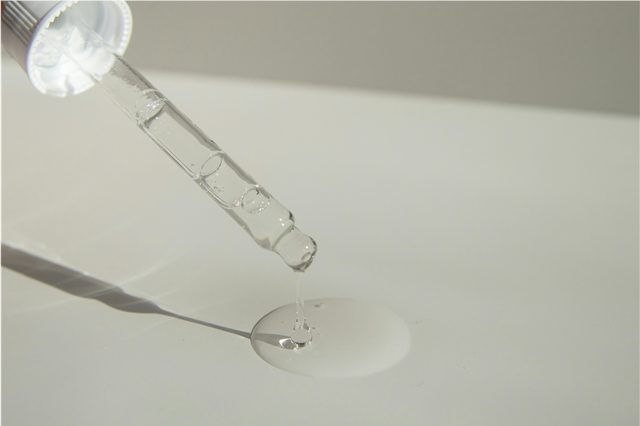







Post Comment